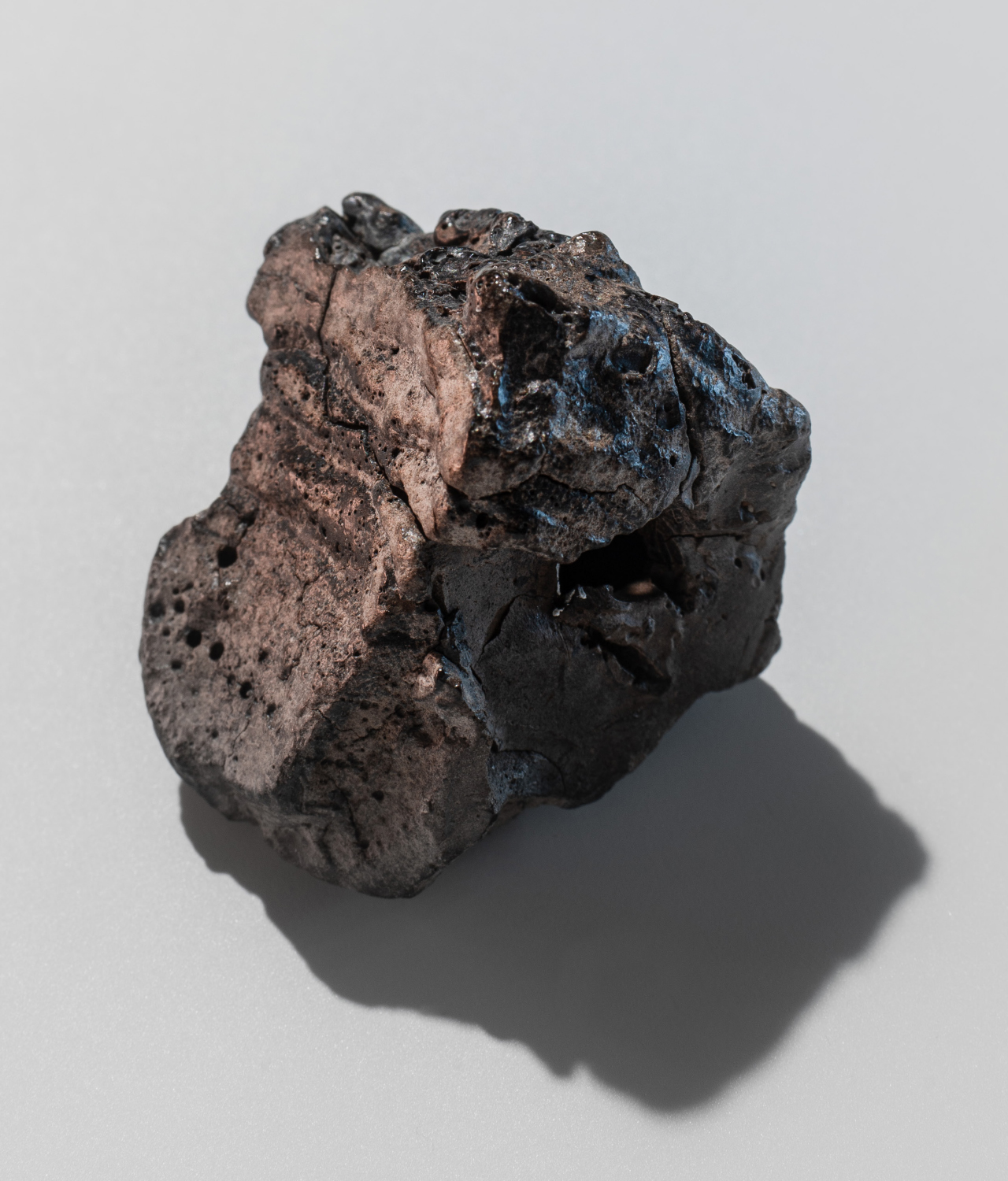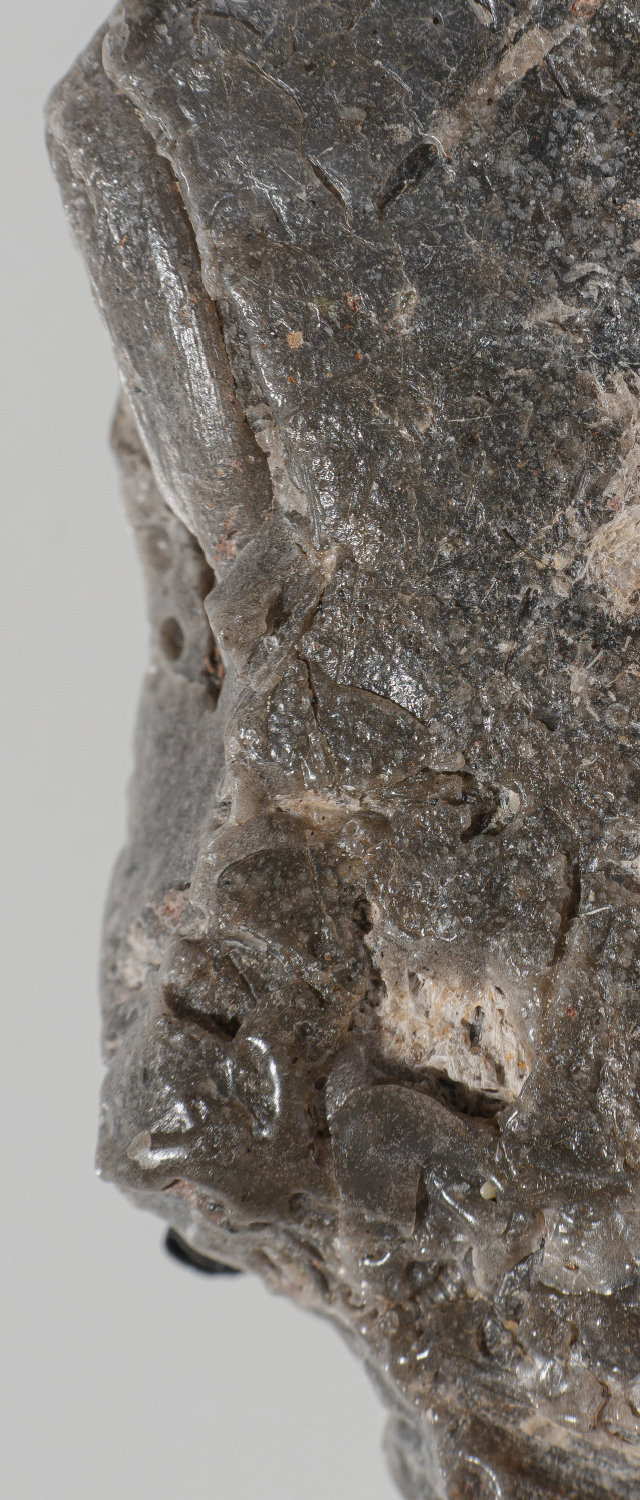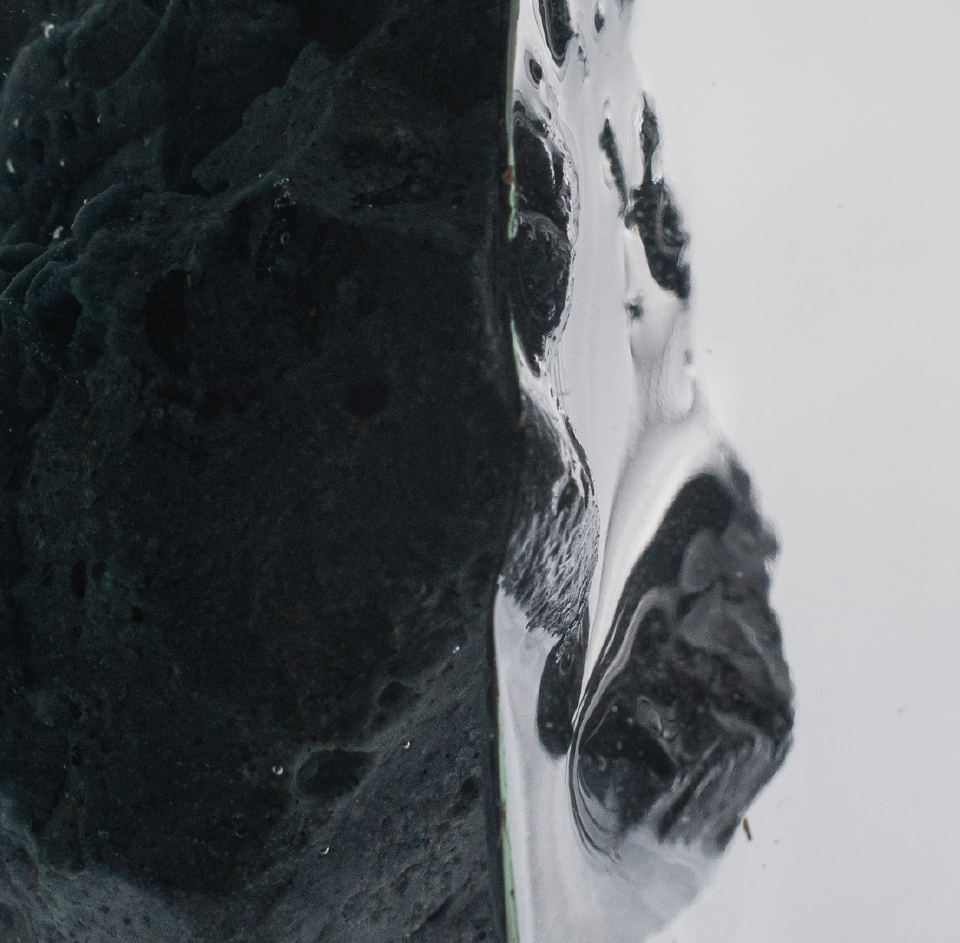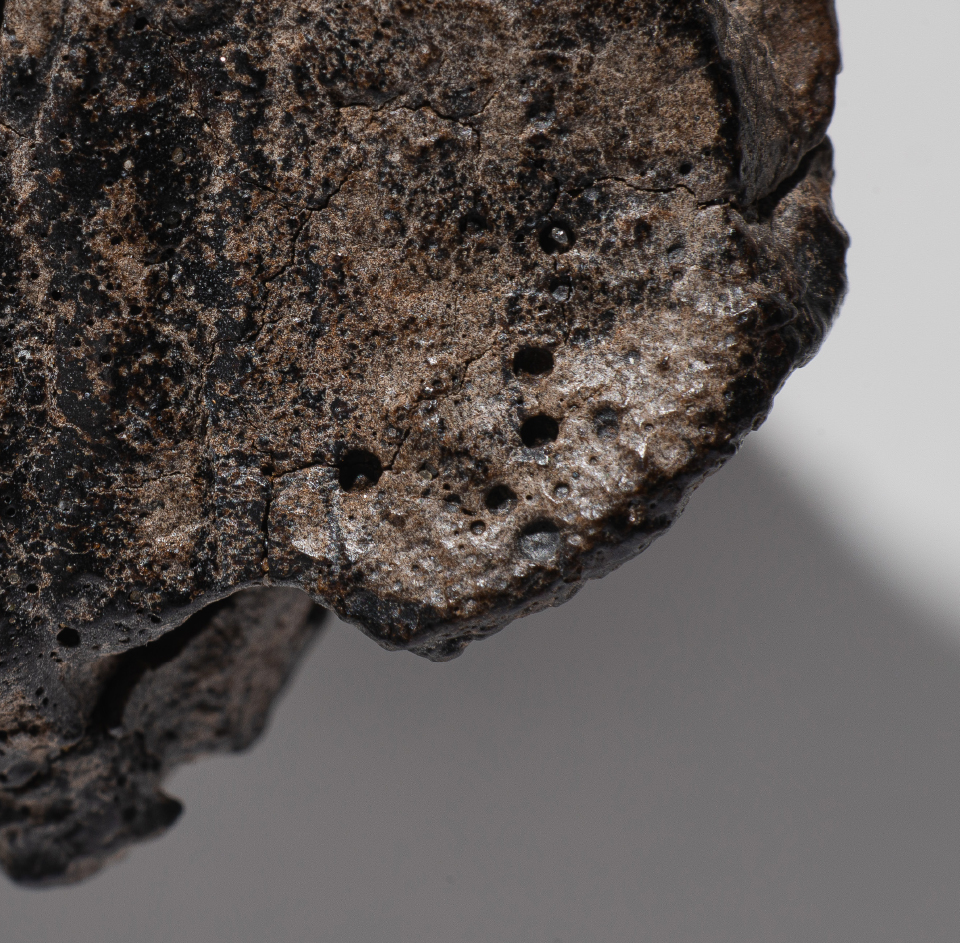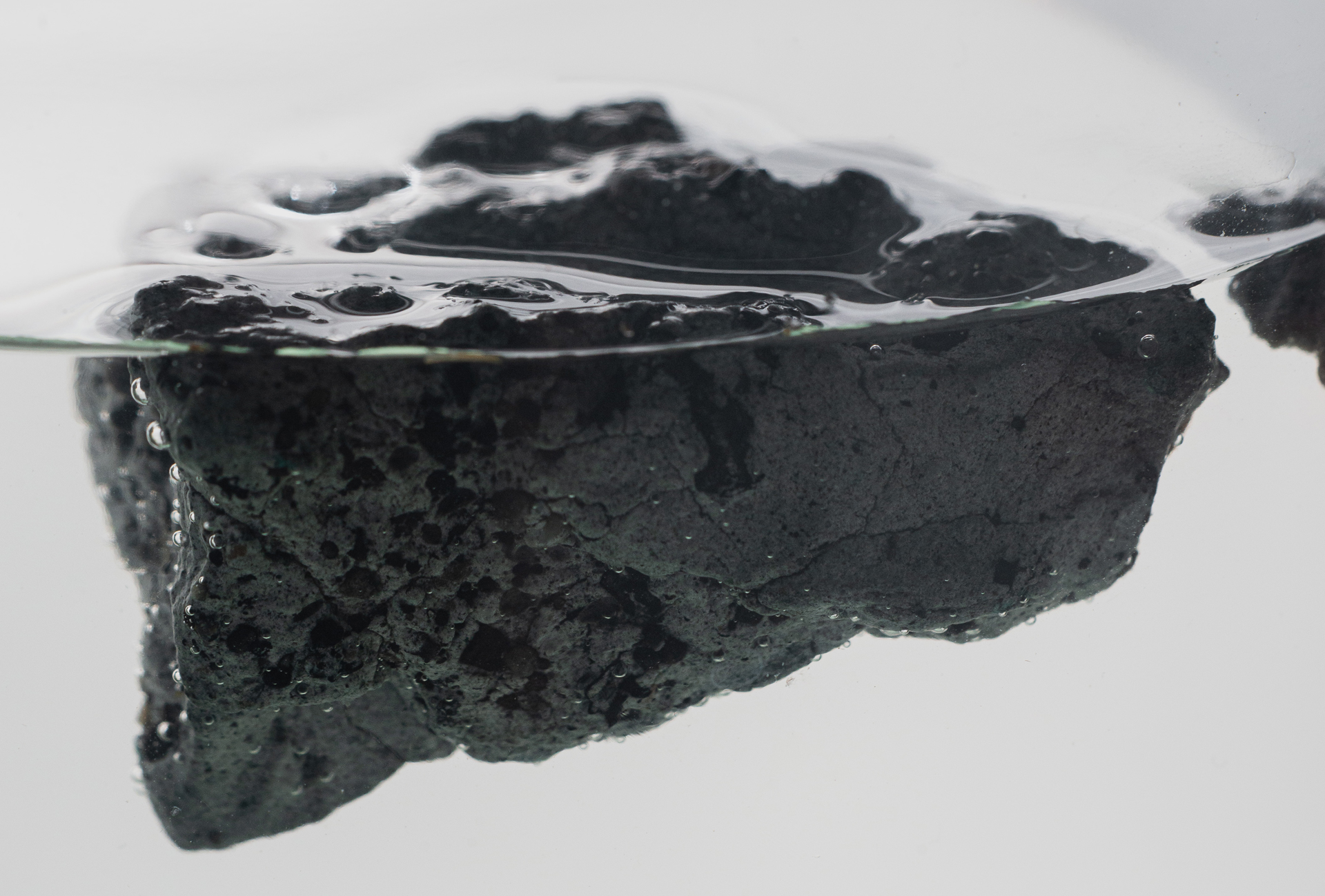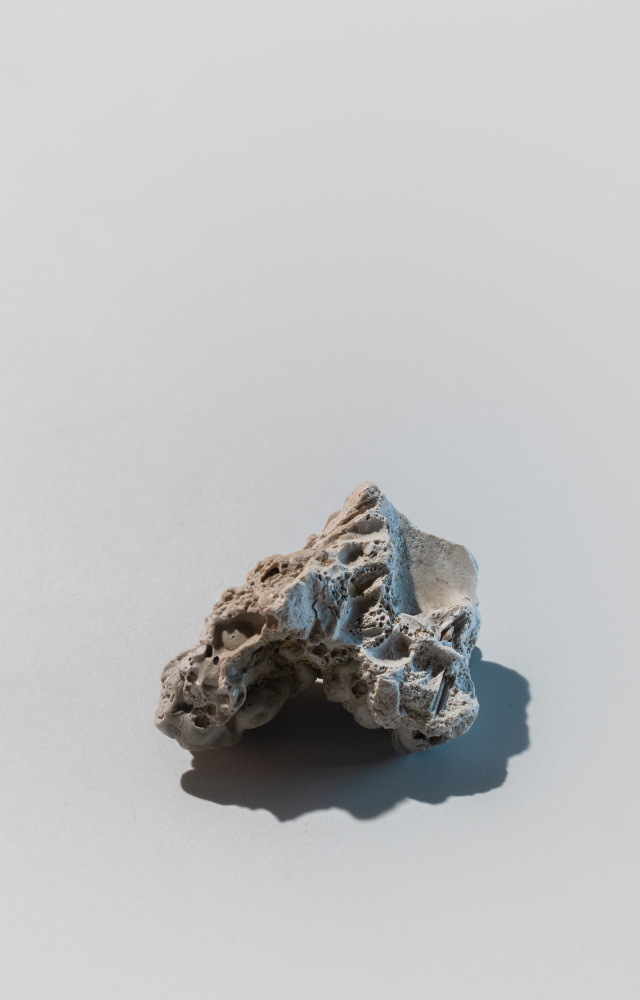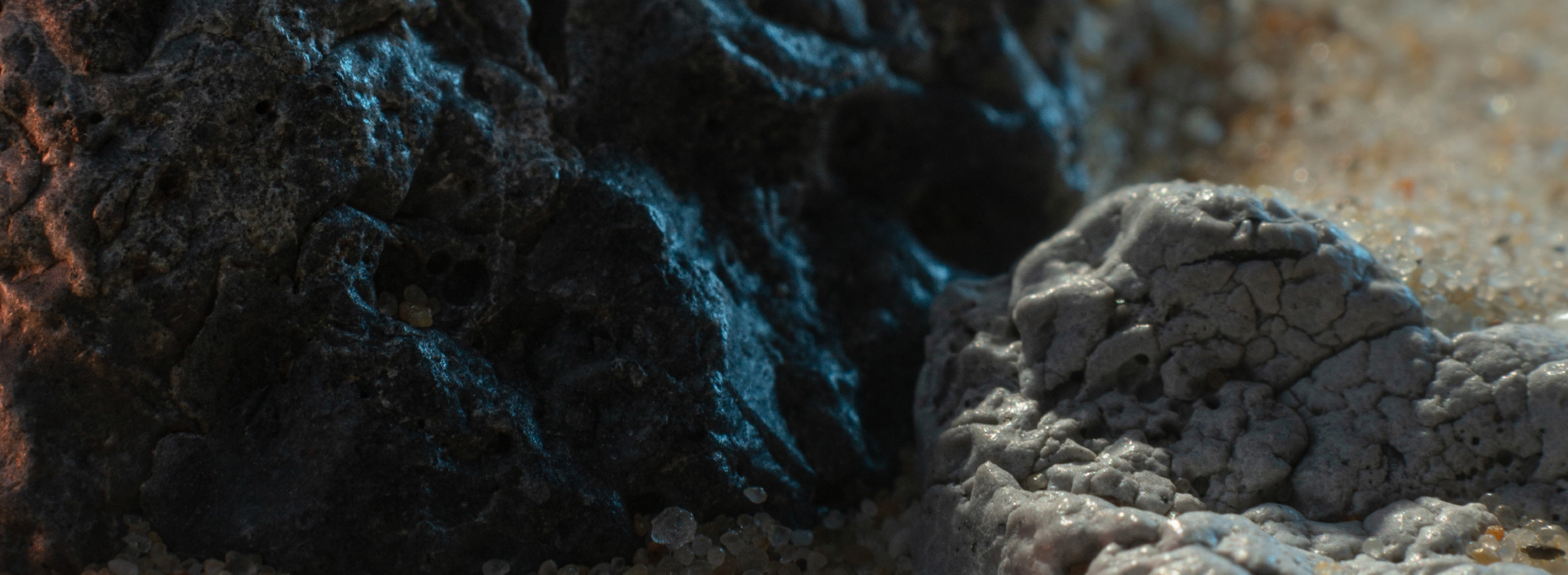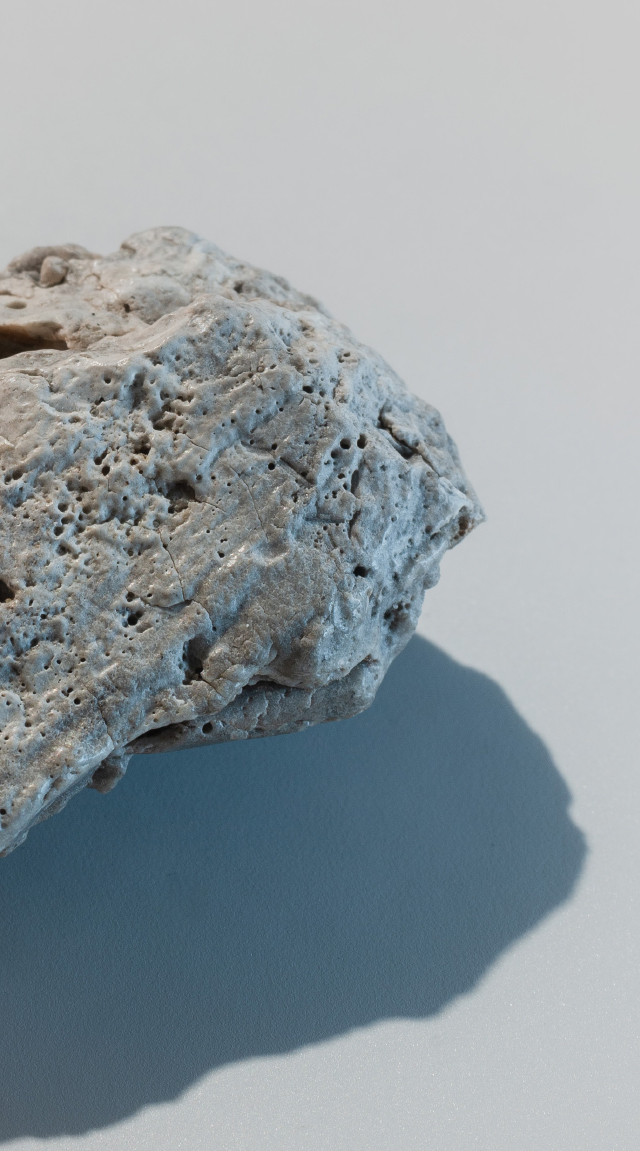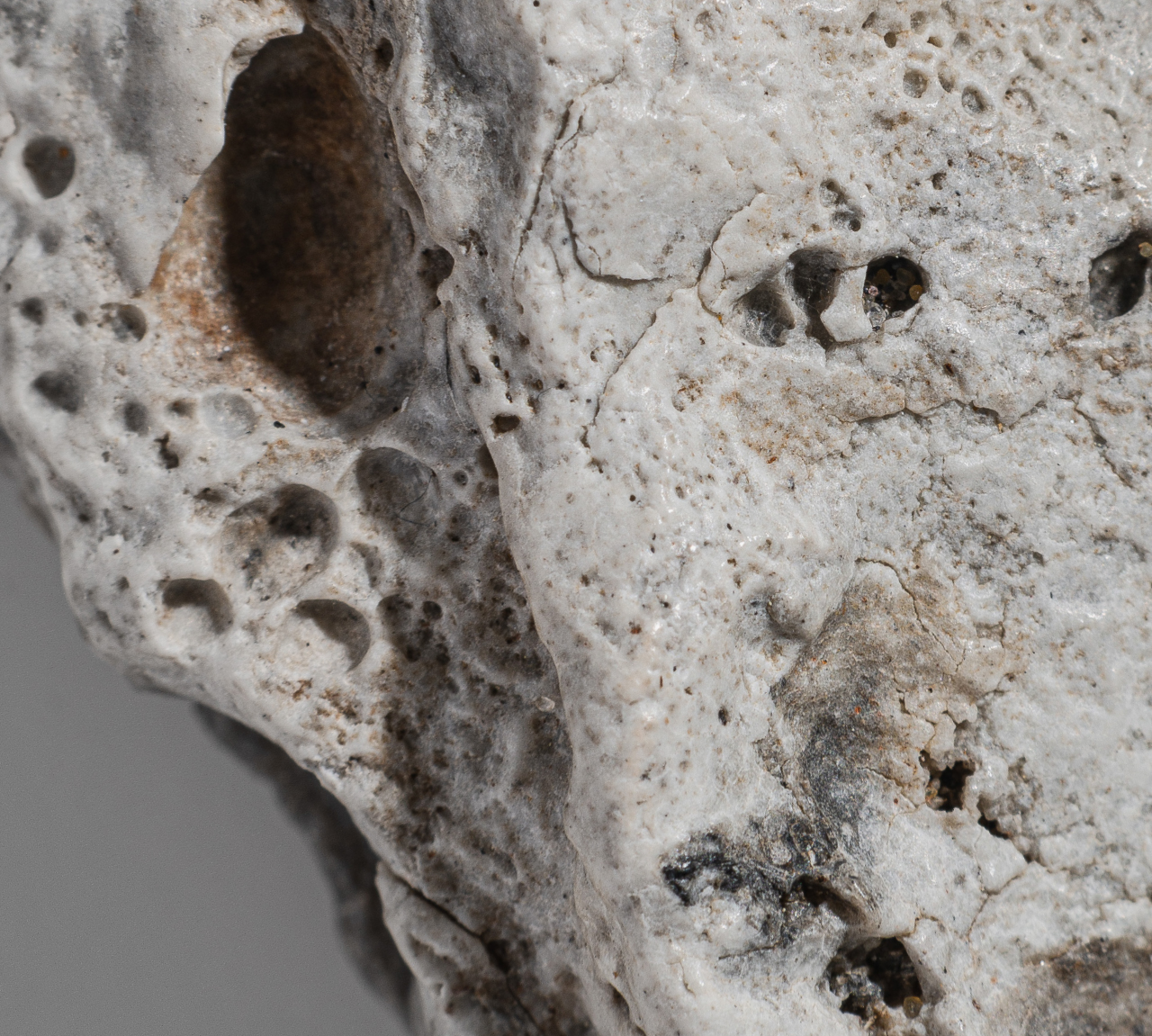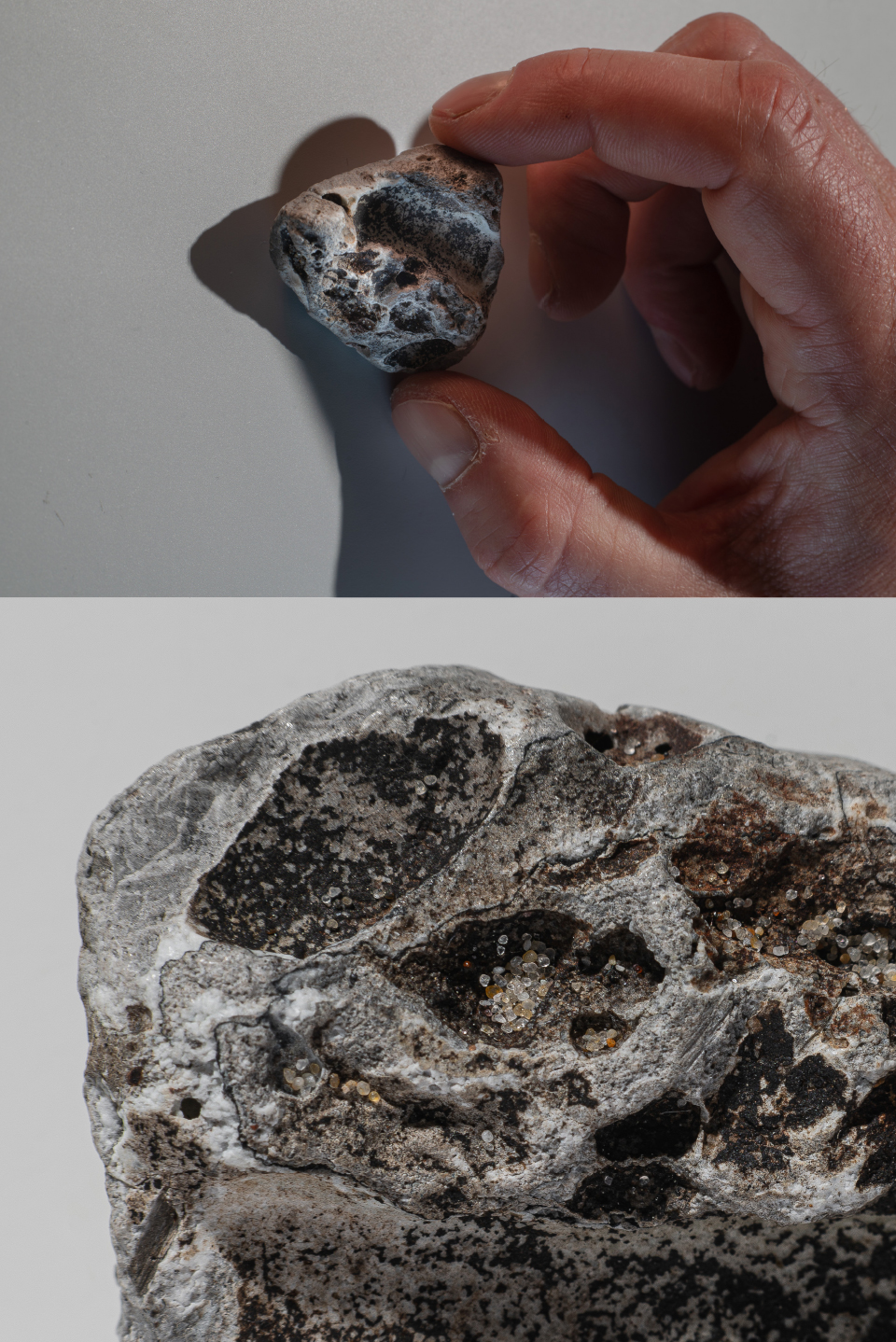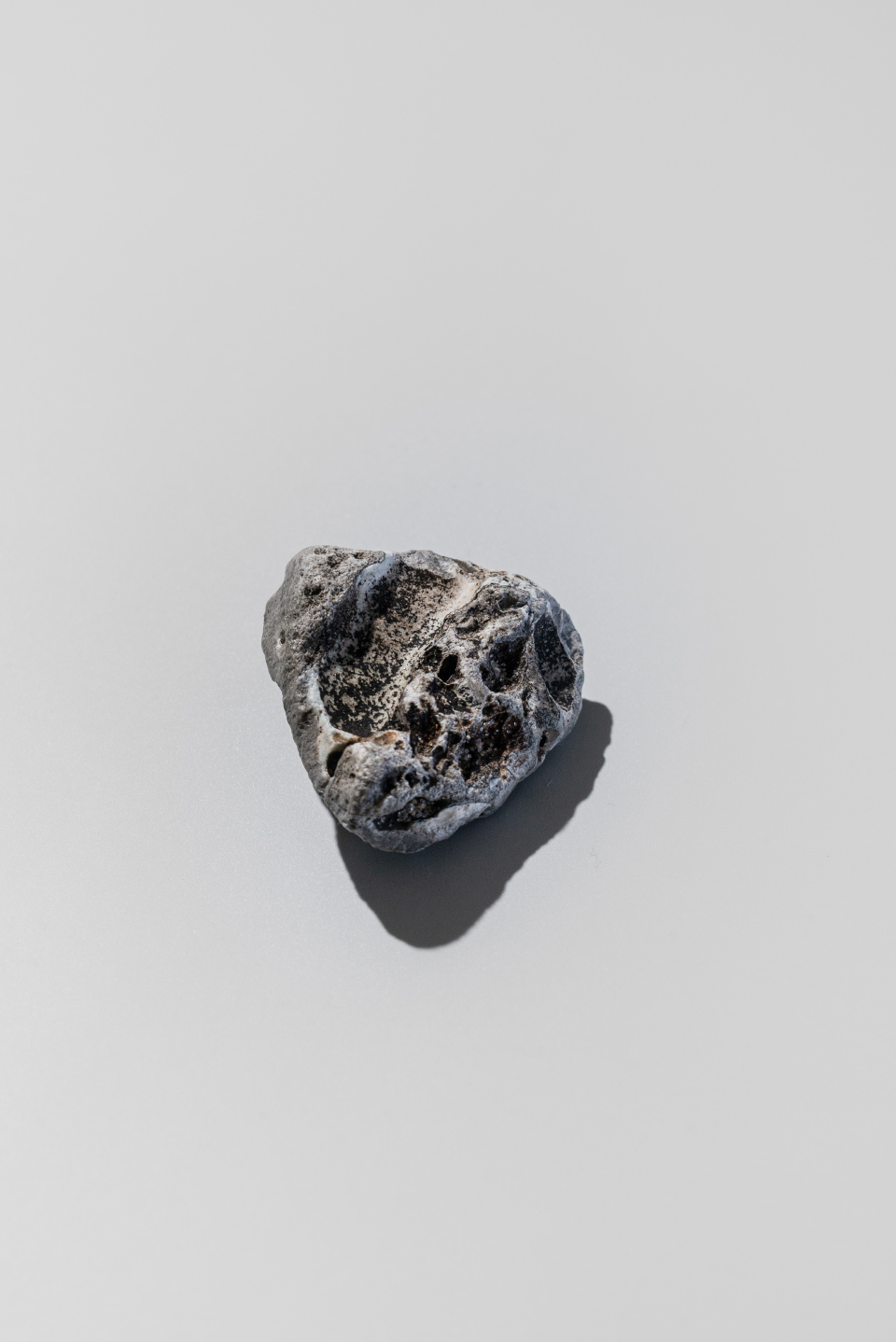Hardshell
Hardshell consists of hydrophobic and lightweight polypropylene (PP). Exhibits high stiffness, very high impact properties at room and sub-zero temperatures, good dimensional stability, excellent creep and deforming resistance. Was used for crates, panels and profiles, blow molded bottles, containers, corrugated sheets, conduit pipes, fittings for electrical distribution and fibres for clothing.
Industrial Bones
The water was nearly always covered in oil, plastic and toxic foam, and it bubbled like a deadly stew. Sometimes rats floated by, their corpses so bloated they were practically the size of dogs. It was disturbing, but it was also just one of the realities of the city. For more than a century, the Riverfront had been prime real estate for various manufacturing companies. Everyone knew it was polluted, but pollution meant industry was thriving, the economy was booming, and everyone had jobs.
